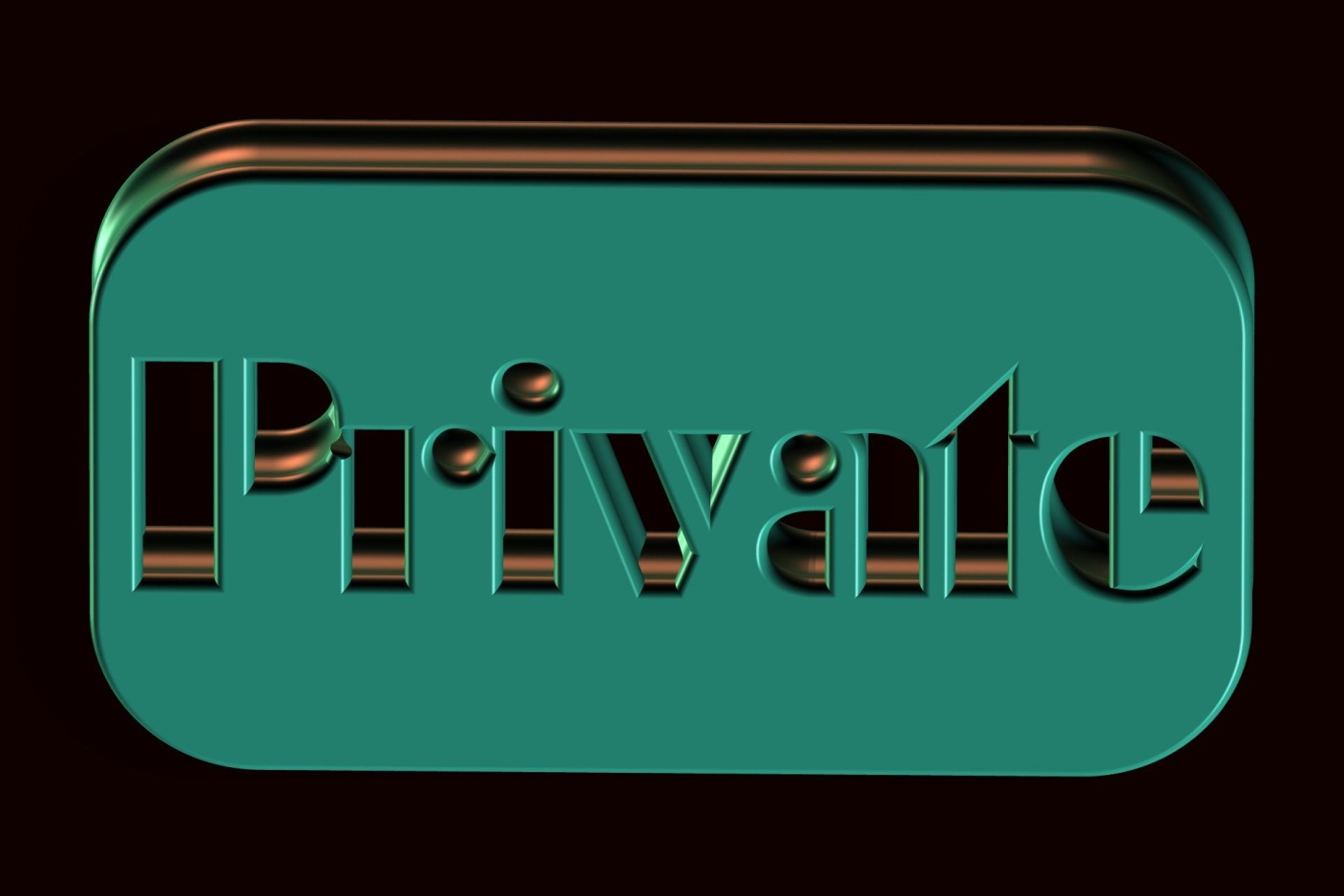When it comes to developing Internet of Things devices inside a laboratory, network connectivity is not a major issue. With only a few devices backed up by a server, connectivity has a very low latency and is seamless. But deploying the same IoT app on a global scale, with thousands or maybe even millions of users accessing it simultaneously, it is a completely different ball game.
Unfortunately, the Internet isn’t only one network, and there are many considerations like cell towers, connectivity, firewalls, and proxy servers that can cause problems with connectivity.
Here are five challenges to the Internet of Things we have to deal with today:
Security

Security is a crucial issue on the Internet, and it is probably the most significant challenge for the IoT.
When you increase the number of connected devices, the number of opportunities to exploit vulnerabilities through poorly designed devices can expose user’s data to theft, especially when the data streams are left with inadequate protection. In certain cases, it may even harm the safety and health of people. The Zika virus is not the only threat out there!
There are a number of IoT deployments that also have collections of near identical or identical devices. This magnifies the impact of any one security vulnerability by the number of devices that all have similar characteristics.
To deal with all these unique challenges, there is a need for collaborative approach to security. A lot of users are ultimately going to have to compare the cost against the security, which is related to the mass scale deployment of the Internet of Things devices.
Privacy

The Internet of Things presents some unique challenges when it comes to privacy, and a lot of that goes far beyond the data privacy issues that exist currently. Much of this is because of the trouble integrating devices into the environments without people using them consciously.
This is becoming even more prevalent when it comes to consumer devices, such as tracking devices for cars and phones and also smart TVs. Yes, your TV will soon be smarter than you. Humbling, right?
Vision features and voice recognition are now being integrated into smart TVs. These features can listen continuously to conversations or look for activity and transmit data selectively to cloud services for processing. These cloud services may sometimes even include third parties. The collection of all this information faces a number of regulatory and legal challenges.
Apart from this, there are a number of IoT scenarios that involve the data collection and the deployment of devices with a global or multinational scope that crosses cultural and social boundaries. But what does this mean for the development of broadly applicable privacy-protection models?
If we are to realize the opportunities of the Internet of Things, strategies are going to have to be developed that respect the individual privacy choices while fostering innovation for new services and technologies.
Standards
A lack of documented or standard best practices has had a much larger impact on Internet of Things devices that goes well beyond simply limiting their development and potential. An absence of standards may well enable inappropriate behavior by IoT devices. Without the right standards to guide and regulate manufacturers, developers may design products that operate in any number of disruptive ways online without regard for their impact. If they are configured or designed poorly, these devices may have negative consequences for networking resources they connect to and, in the broader picture, the Internet itself.
A lot of this is caused by cost constraints as well as the need to develop products and get them to market before their competitors.
When you add the difficulties of configuring and managing a large number of IoT devices, the need for standardization of methods, interfaces, configuration tools, and thoughtful design, along with IPv6 adoption, is essential for the future.
Regulation
Just like privacy, there are a number of legal and regulatory questions that surround the Internet of Things. This also needs some thoughtful consideration.
Legal issues concerning Internet of Things devices aren’t limited to potential violations of civil rights because of law-enforcement surveillance. Other issues that must be considered are cross-border data flow, legal liability when it comes to unintended use, privacy lapses and security breaches. Also, technology is advancing at a much faster pace than regulatory policies, and the agencies charged with setting and supervising IoT guidelines cannot keep up.
Development
The broad scope of the IoT challenges is not going to be confined to industrialized countries. In fact, the IoT has a lot of promise when it comes to delivering economic and social benefits for developing and emerging economies. Like the rest of the world, the less-developed regions are going to have to address the policy requirements, technical skill requirements, and market readiness to take advantage of the potential of IoT.
This is a huge server issue and needs large-scale server farms to handle all the data. You will need to have a lightweight network that can seamlessly transfer data between servers and devices.
Forethought vs. afterthought
If IoT devices are deployed without proper forethought, there will be plenty of too-late afterthoughts when they cause unintended havoc. Having a scalable IoT network that can connect servers and devices is critical for any large-scale IoT apps. It is vital to not only consider the above challenges but to solve them. As long as these issues are addressed before setting up the infrastructure, everything should be fine. If they aren’t, get ready for a rough ride.




As a lecturer, I was able to utilize the information in your article to make reference to my topic on Technology in the workplace. Good job. Article was very helpful.
thanks so much
i have been able to complete my coursework